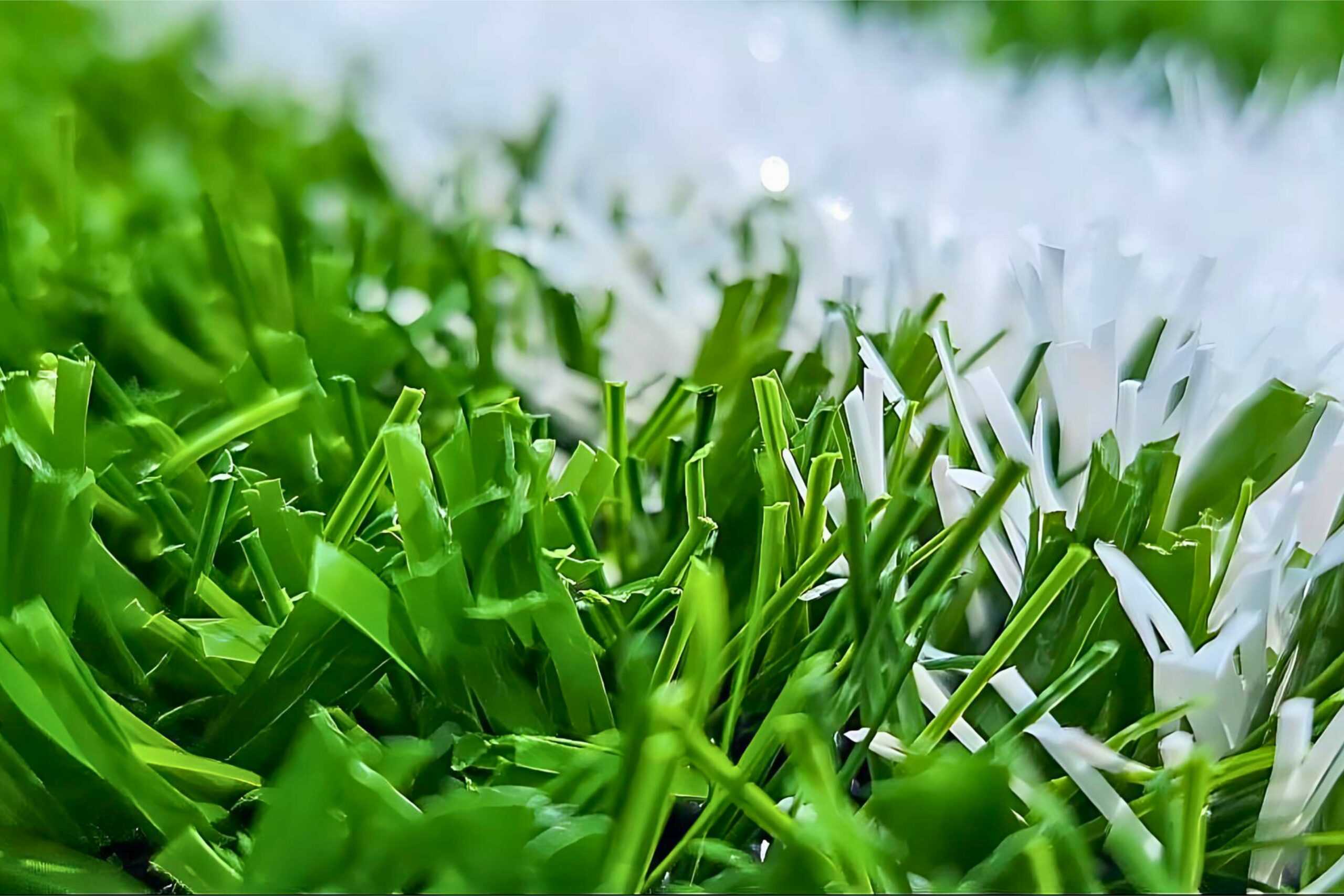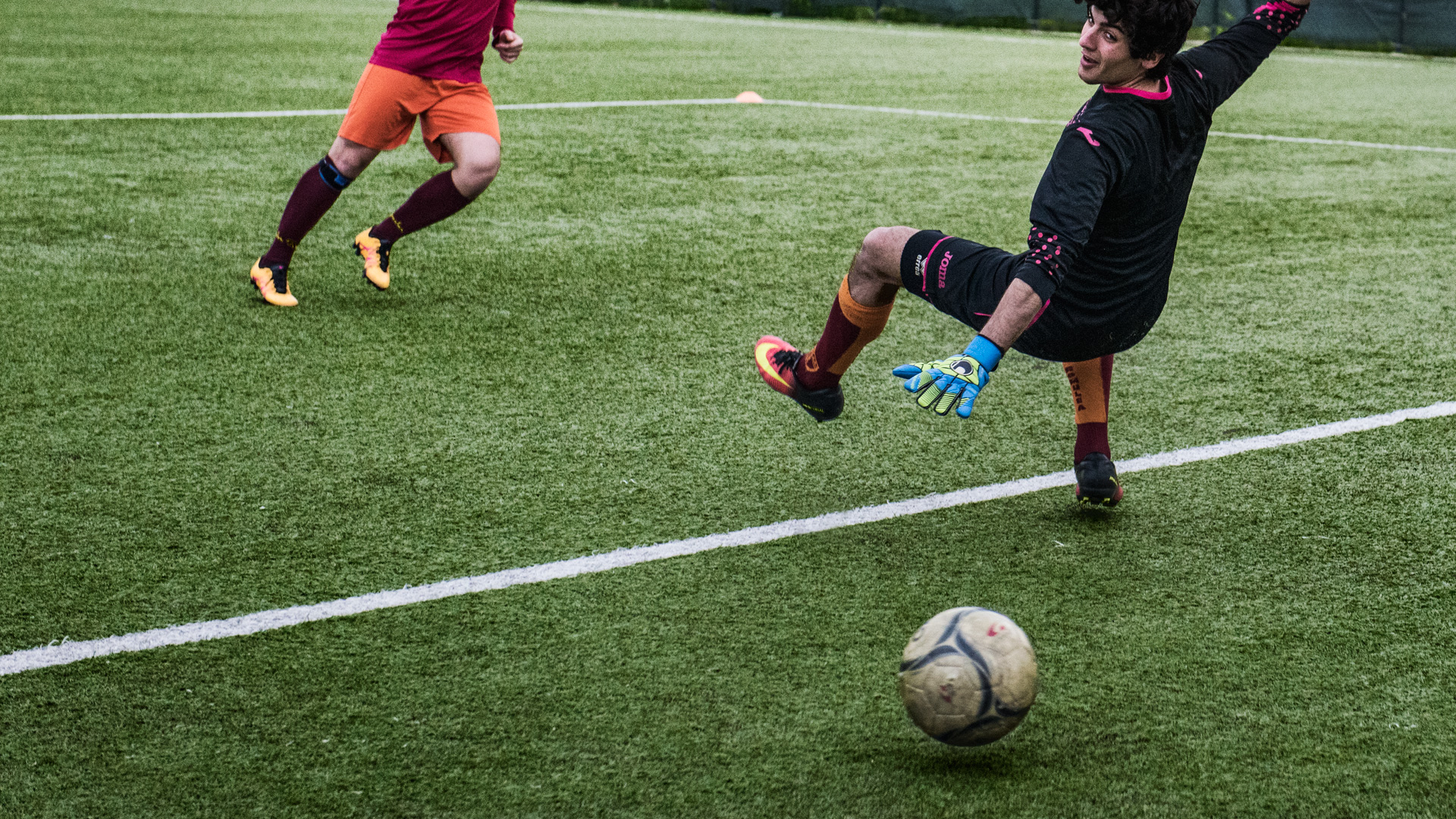Explore the Environmental Perks of Opting for Artificial Lawn Solutions
The fostering of synthetic grass solutions provides an engaging opportunity to deal with pushing ecological challenges. By dramatically reducing water usage and lessening the application of harmful chemicals, these options not only advertise lasting landscape design but also secure local communities.
Water Preservation Advantages
One of the most substantial advantages of synthetic lawn is its capability to preserve water. Typical grass lawns require substantial irrigation, especially in areas prone to drought or water restrictions. In contrast, synthetic grass does not require watering, significantly decreasing the overall demand for water resources. This feature is particularly helpful in dry regions where water shortage is a pressing problem.
By eliminating the requirement for normal watering, synthetic grass adds to sustainable landscape techniques and assists reduce the environmental influence of excessive water consumption. The conservation of water extends to the reduction of drainage, which can lead to soil erosion and river pollution.
Furthermore, the installment of artificial grass permits homeowners and communities to allocate water resources extra efficiently, concentrating on vital uses such as drinking water and agriculture. The change towards synthetic grass not just promotes liable water usage but also aligns with broader ecological objectives intended at protecting natural resources.
As communities increasingly prioritize sustainability, the water preservation advantages of synthetic grass provide a compelling case for its adoption in residential and commercial landscaping jobs.
Minimized Chemical Use
The change to fabricated lawn significantly decreases the dependence on chemical therapies frequently utilized in natural lawn upkeep. Standard grass administration commonly involves the application of fertilizers, herbicides, and chemicals to promote growth and control bugs. These chemicals can pose threats to human wellness, neighborhood wild animals, and the setting, adding to soil and water contamination.
In contrast, fabricated turf gets rid of the requirement for these harmful materials. By reducing the launch of synthetic compounds right into the community, fabricated grass promotes healthier soil and water systems.
In addition, the absence of chemical runoff related to fabricated turf installations assists safeguard regional waterways from pollution, sustaining marine life and keeping biodiversity. Artificial turf companies phoenix. As communities progressively prioritize sustainable techniques, choosing fabricated lawn provides a viable solution that aligns with ecological preservation goals. Through this change, home owners can enjoy lavish eco-friendly areas without compromising eco-friendly health and wellness, leading the way for an extra sustainable future
Reduced Carbon Impact

In addition, the installation of synthetic grass can result in considerable water preservation. Natural yards need substantial amounts of water for irrigation, which not just contributes to the carbon footprint related to water removal and treatment however likewise pressures local water sources. In comparison, synthetic grass needs minimal maintenance, needing no watering, therefore considerably minimizing water use and its associated energy expenses.
Furthermore, the long life of synthetic grass contributes to its decreased carbon effect. With a life-span of approximately 15 years or more, the demand for frequent replacements is diminished, leading to much less waste and reduced energy usage in manufacturing and taking care of typical grass alternatives. Overall, synthetic grass presents a lasting alternative for eco aware landscape design.
Environment Conservation
Habitat preservation is an important factor to consider in the dispute over landscaping choices, particularly when contrasting synthetic grass to natural turf. Natural yard yards often require substantial maintenance, including using pesticides, fertilizers, and herbicides, which can negatively affect neighborhood ecosystems. These chemicals can seep right into the dirt and rivers, damaging native flora and animals and disrupting local environments.
On the other hand, synthetic grass provides a chance to minimize the environmental footprint of landscape design. By going with artificial turf, homeowners can lessen the disruption of all-natural environments connected with traditional hop over to here yard care techniques. Synthetic lawn eliminates the need for harmful chemicals, consequently protecting nearby wild animals and keeping the stability of surrounding communities. The installation of artificial turf can lead to the conversion of former lawn locations right into even more biodiverse landscapes, such as pollinator gardens or indigenous plant locations, which can sustain neighborhood wild animals.
Inevitably, the change to synthetic grass not just saves water and decreases maintenance initiatives however likewise promotes a more unified connection between human activities and the all-natural atmosphere, promoting environment conservation at the same time.
Long-Term Sustainability
Long-term sustainability is an essential factor in reviewing the advantages of synthetic grass Your Domain Name over traditional lawn yards. One of one of the most substantial advantages of man-made turf is its resilience; it can last up to 15-20 years with marginal maintenance, whereas all-natural turf requires constant reseeding and replacement. This long life decreases the need for continuous resources, such as water, plant foods, and pesticides, which are essential for keeping a healthy grass yard.
Additionally, synthetic grass adds to a decrease in carbon discharges connected with grass care devices. Traditional yards often need gas-powered lawn mowers, trimmers, and blowers, every one of which add to air pollution. Arizona turf. On the other hand, fabricated turf gets rid of the demand for such tools, promoting a cleaner atmosphere
In addition, the production of synthetic lawn increasingly uses recycled products, boosting its sustainability account. As manufacturers embrace eco-friendly practices, the environmental footprint of synthetic grass remains to diminish.

Final Thought
The fostering of synthetic grass options presents significant environmental advantages, including significant water conservation, decreased dependence on dangerous chemicals, and a lower carbon impact. Synthetic turf help in protecting natural habitats by decreasing land disruption and promoting long-term sustainability via the usage of long lasting materials. Collectively, these variables emphasize the possibility of synthetic grass to contribute favorably to environmental wellness and use a practical alternative to typical landscape design practices in an increasingly resource-conscious globe.
In contrast, fabricated grass does not require watering, dramatically lowering the general need for water resources. By minimizing the launch of synthetic substances into the ecosystem, man-made grass promotes anonymous much healthier soil and water systems.
In addition, the setup of artificial grass can result in substantial water preservation. In contrast, man-made turf requires marginal maintenance, requiring no watering, consequently considerably lowering water usage and its connected power costs.
